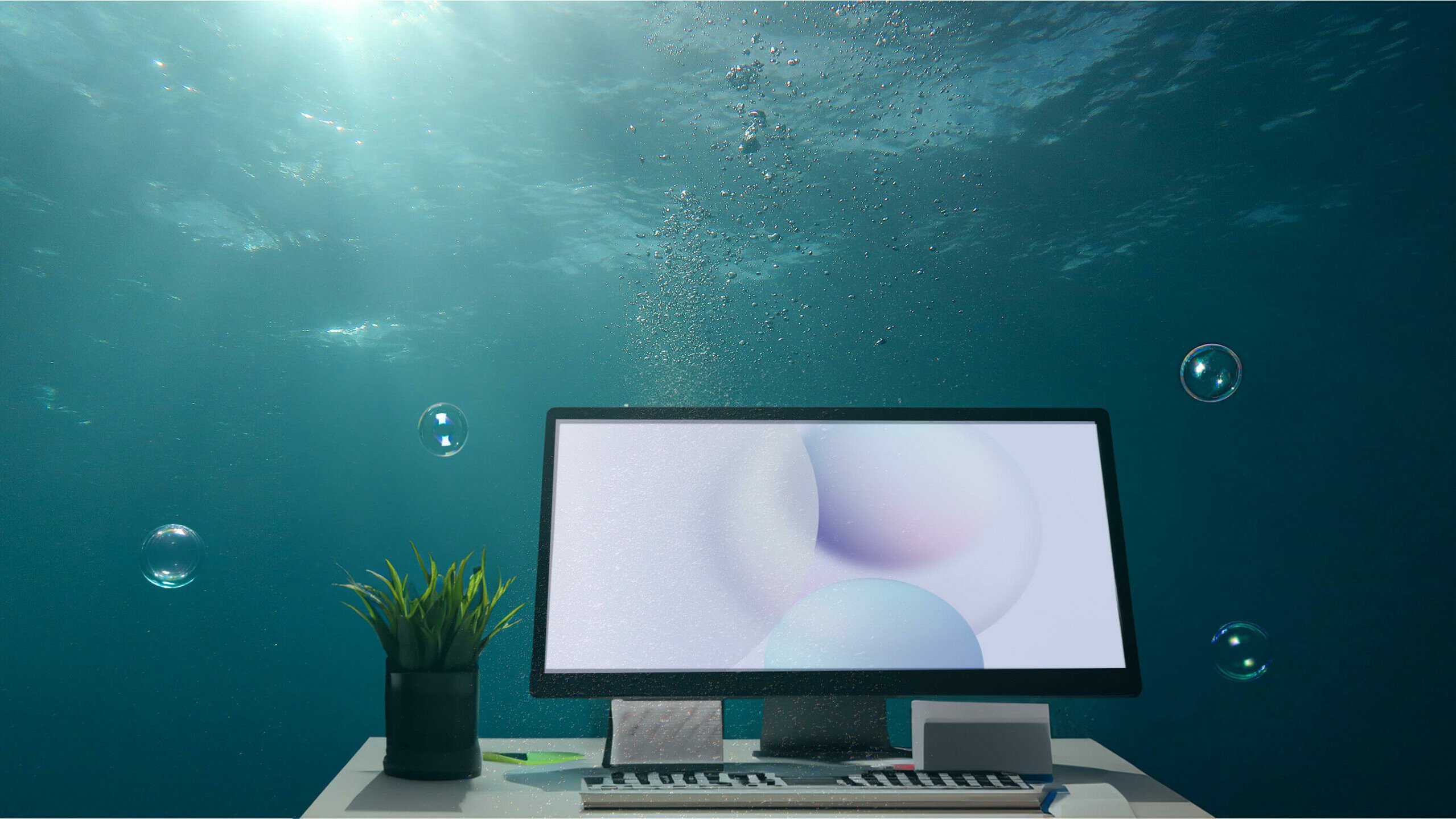- Home
- Blog
- Technical writing
- A Deep Dive into the World of Technical Writing Platforms
A Deep Dive into the World of Technical Writing Platforms
Share

The typical web content or document management platforms are not meant for creating and managing technical documentation. It’s as easy as that. If you are a company that’s trying to fit your documentation into one of these platforms, let’s talk about a different alternative – a technical writing platform.
What is a Technical Writing Platform?
A technical writing platform is a content management platform that has been purpose-built to create, manage, and publish technical documentation, including product manuals, user and installation guides, standard operating procedures, knowledge base articles, and other similar content. It is designed to support technical writers, software developers, engineers, and other professionals who create documentation. It also provides the ability to collaborate on content and reuse content across document types.
Technical writing platforms streamline the writing process, using structured content authoring and content reuse. They also empower teams to collaborate on content, from multiple authors and editors to reviews by subject matter experts and other team members. However, not all CCMSs support the complete needs of today’s technical writing team and are more complex than needed for the job.
5 Key Capabilities of Technical Writing Platforms
Let’s look at some of the key capabilities of a technical writing platform starting from the writer’s point of view.
Writers have comprehensive authoring tools that allow them to quickly create a new publication (documentation type) and map out the topics or sections needed. They can then write that content from scratch or use existing content in the system. A technical writing platform follows a structured content model and structured authoring This means each document created follows a defined structure comprising topics or components.
The actual content is separated from the layout (or look and feel) of the content, enabling its reuse across multiple documents. The system will track where content is reused so that if it is updated in one location, it will be automatically updated in all locations where it is used. Writers can focus on ensuring the content they write is accurate and complete. The system, in turn, ensures that content is consistent across documents and publishing channels.
What are the 5 key capabilities of technical writing platforms?
- Structured authoring
- Separation of content and layout
- All documentation in a single source
- Version control to track who made changes
- Multi-channel publishing

Because content follows a structured content model, multiple writers can work on a single publication at the same time in their separate topics. They can also submit topics for review independently and, when approved, send that content for translation if required. The entire writing, editing, and review process is, therefore, much faster than traditional approaches to documentation creation.
From a writer’s perspective, a technical writing platform sounds great. It streamlines the writing process and eliminates duplicate content that is challenging to track and keep updated.
However, there are also many capabilities that improve the management of technical documentation for project managers and team leads.
Managing technical documentation is difficult if it’s stored across multiple systems. A technical writing platform gives team leads and project managers a single location to store all their technical documentation, also known as “single sourcing.”
Single sourcing content enables content reuse because you create one copy of the content and reuse it across publications. Version control and history tracking are other essential capabilities of a technical writing platform. When you have many writers and editors working on your content, you need to track who is making what changes and when. And if you need to back out a change, version control will let you do that. It will also allow you to work on brand-new versions of documentation while keeping the current ones live.
Once a document is ready for publishing, your technical writing platform allows you to select your channel and format. This is where you might see differences in technical writing platforms. Not all platforms support multi-channel publishing or the ability to adapt your content to various output formats. For example, you may want to publish your documentation as a PDF, to a support website using HTML5, to your customer support software (e.g. Zendesk), or to a content delivery platform (e.g. FluidTopics). You want the platform to support every channel you deliver content on to ensure consistency across channels.
A good example is how the Planning Center leverages a technical writing platform (in this case, Paligo) to publish content to 13 Zendesk help centers. The help centers share 20% of the content produced. So, any change to the source content needs to be propagated to all help centers that use that content. Try keeping those help centers updated without a technical writing platform – a manual nightmare!
5 Considerations for Selecting a Technical Writing Platform
If it’s time to get your own technical writing platform and you aren’t sure how to get started, keep these points in mind:
- Is it easy to use? The platform you choose must be user-friendly. If it has a steep learning curve and is complex, your documentation team isn’t going to be happy. They may even attempt to find workarounds to avoid using it. Single sourcing and structured content don’t have to be complex, so look for a platform that makes the writing process as easy as possible.
- Is it collaborative? We’ve said it many times: documentation writing is a collaborative process Each team member needs to be able to write, edit, review, or comment on documentation as part of the process. So, evaluate collaboration capabilities carefully to ensure the platform supports your workflows.
- Does it integrate with your other tools? Do you need the platform to integrate with other systems, such as a CRM, content delivery platform, translation management, or project management system? Find out what systems the platform integrates with out of the box and how easy it is to integrate new tools.
- Is it scalable? The amount of documentation you produce will grow over time. You want to keep your content in a platform that can grow with you. Ask how hard it is to increase storage space, add more users, and increase bandwidth when needed.
- Is it in my price range? Ask about pricing structures and how they align with your company’s budget and requirements.

The Future of Technical Writing Platforms
Technical writing platforms are here to stay and will evolve to provide even greater support for modern documentation teams. Here are a few emerging trends and innovations to watch for.
Cloud-based Collaboration
We talk about cloud-based (or SaaS) technical writing platforms like they are new when they’ve actually been around for a few years now. The difference is that these modern platforms are growing in adoption as companies move away from complex component content management systems with complicated authoring tools that don’t provide the needed multi-channel delivery capabilities. Cloud-based platforms also provide real-time updates to documentation, making consistency and accuracy automatic. And these platforms enable team members to work from anywhere, increasing collaboration in a growing remote-worker world.
Share
Author

Barb Mosher Zinck
Barb Mosher Zinck is a senior content marketer and marketing technology analyst. She works with a range of clients in the tech market and actively tracks and writes about digital marketing, customer experience and enterprise content management. Barb understands the value of technology and works hard to inform and encourage greater understanding of its role in the enterprise




